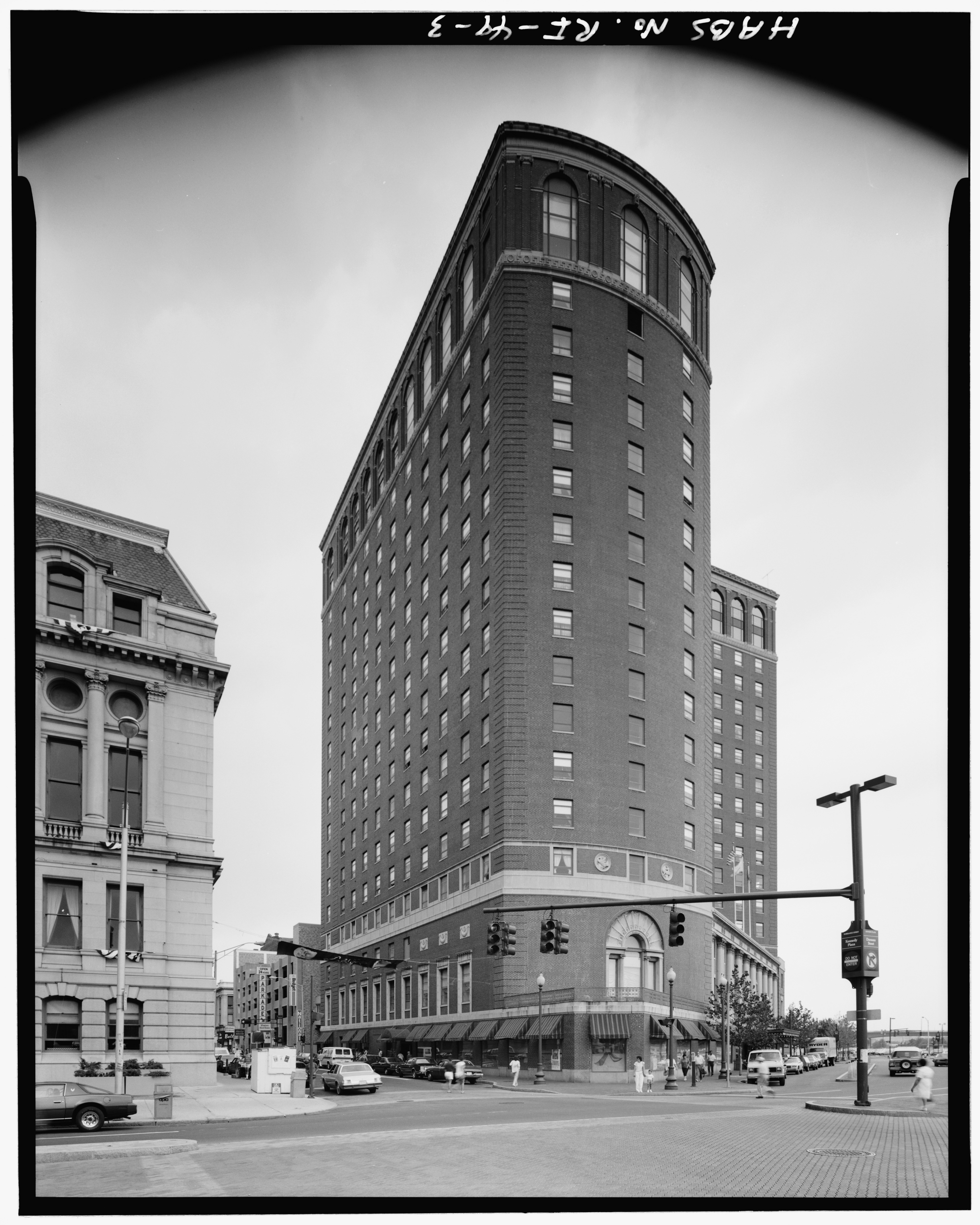Rhode Island View Establishments by Rhode Island Cities

Rhode Island: Navigating through the Center of the Slave Trade
As the smallest state in the nation, Rhode Island had relatively few Green Book listings, a total of 24 for the publication’s entire run. The sites clustered in the state’s two major cities, Newport and Providence, with the very minor exception of the Orchard House in Westerly, listed only in 1957. Newport had eight sites, while Providence had fifteen.
On the one hand, given the state’s small size and its proximity to cities like Boston and Hartford, the small number of sites is not surprising. But, on the other, in light of the state’s long participation in the slave trade, it is. One would expect Rhode Island to be home to a relatively large population of African Americans. But, according to the US Census, in the 20th century, Newport’s African American population never reached more than 8.5% of the population and Providence’s was never higher than 15%.
Despite these figures, Rhode Island’s African American population was increasing between 1930 and 1960, precisely the years that The Green Book was in operation. In Providence, the African American population rose from 2.2% in 1930 to 8.9% in 1970. Newport’s rose from 5.6% to 7.3% in that same interval.
Rhode Island was not without its twentieth-century racial strife. The KKK was active in rural parts of the state and the Watchman Institute, a school for African American children founded to follow the educational theories of Booker T. Washington, was targeted several times in the 1920s and 1930s. And, throughout the twentieth century, racial tensions between the state’s African Americans and other ethnic groups could run high. But in general, the state’s prosperity during these years helped it avoid any major problems.
Rhode Island’s Green Book sites have a high rate of survival. About half are still standing, 4 of 8 in Newport and 7 of 15 in Providence. Relative to other states, this is remarkable. In contrast to other areas, there is no single factor accounting for those that have been lost. In Newport, for example, the four houses were replaced with new construction, a new police department, a park, and a public housing development. The sites lost in Providence have similar explanations.
Between its small number of sites and its high level of survival, Rhode Island’s Green Book sites are well suited to a detailed analysis. Research from census data, city directories, deeds, and other public sources have highlighted how ephemeral and changing The Green Book’s sites often were. This recaptured history also yields insight into what it might have been like for those running the sites, and those using their services. There is much to learn from this history.



